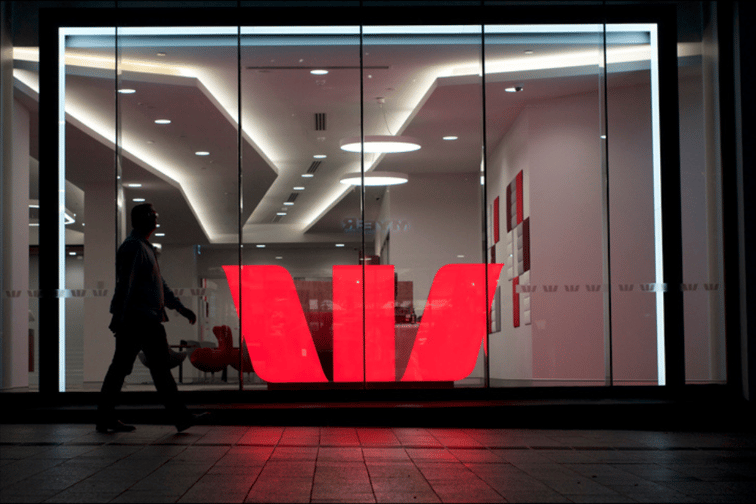

Westpac Group has reported a statutory profit of $1.8 billion for the third quarter, assisted by ongoing disciplined margin management and impacted by increased costs due to inflationary pressures.
Australia’s third largest lender said it remained in a “strong financial position with capital, funding, and liquidity well above regulatory minimums.” In the three months to June, the bank’s credit impairment provisions were at $5.1 billion –$1.5bn above the expected losses of the base-case economic scenario.
Westpac posted a core net interest margin (NIM) of 1.86%. This was four basis points down from the first half, due to strong competition in the mortgage space, partially offset by higher earnings and hedged deposits.
The bank’s deposit-to-loan ratio lifted to 84.1% in the third quarter, backed by a $8.7bn growth in customer deposits. Loans, meanwhile, increased $6.4bn, primarily in owner-occupied mortgages and business lending.
In the second half to date, Westpac’s expenses were up by roughly 5% on the first half of the year.
“Expense growth was driven by inflationary pressures, including higher supplier costs, wages and salaries, and investment in the group’s technology and customer simplification agenda,” the bank said in a statement. “The group remains committed to cost discipline with recent cost reset actions driving a full-time equivalent employee reduction of approximately 2%2 for the second half 2023 to date.”
The CET1 capital ratio, the key measure of bank strength, was at 11.9%, well above the group’s target operating range of 11% to 11.5%. The CET1 capital ratio also reflected earnings for the quarter offset by payment of the interim dividend.
“Provisioning was further strengthened with the ratio of collectively assessed provisions (CAP) to credit risk weighted assets (RWA) up 4 basis points to 1.37%,” the bank said.
Other measures of strength, quarterly average liquidity coverage ratio and net stable funding ratio, were at 138% and 118%, respectively, which were both well above regulatory minimums.
“Credit quality was resilient in 3Q23 and the group remains well provisioned,” Westpac said. “There was a modest increase in stressed assets to 1.16% of total committed exposures, a rise of 6 basis points from March. This was reflected in credit impairment charges to average loans of 12 basis points for the nine months to June 30.”
Use the comment section below to tell us how you felt about this.
